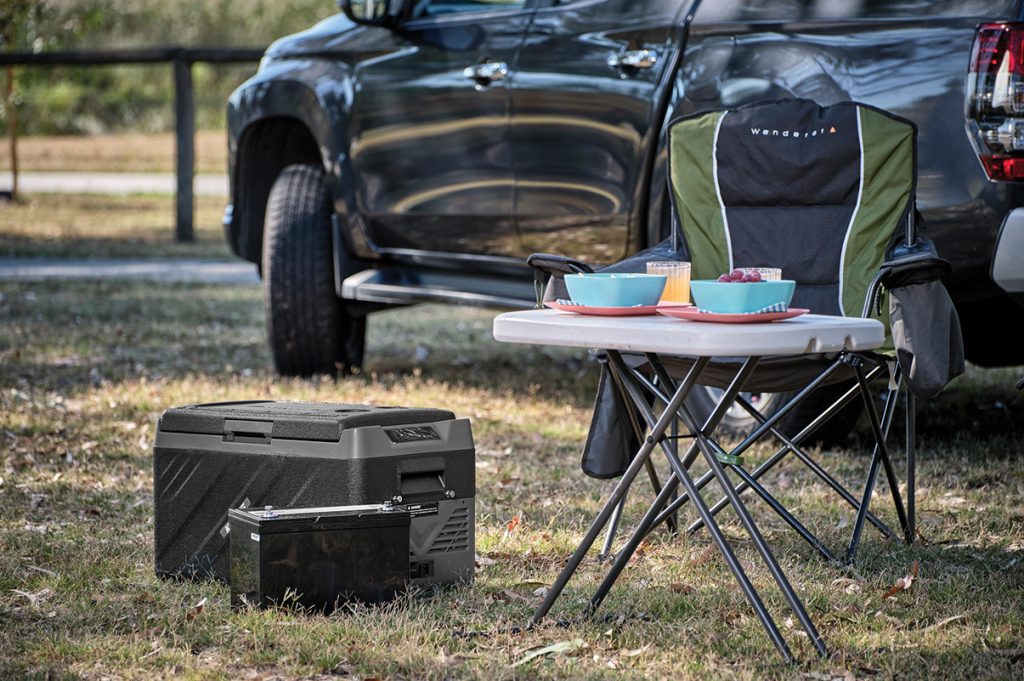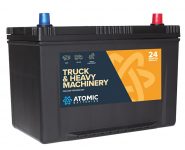MAINTAINING PERFORMANCE IN LITHIUM BATTERIES AND CHARGERS
Club Assist shares its tips for ensuring longevity and performance of its lithium iron phosphate batteries

Lithium batteries, particularly those with a Lithium Iron Phosphate chemistry, are gaining popularity as a replacement option for lead acid batteries in deep cycle applications.
Due to their higher cycle life and useable capacity, combined with the fact that they are fast charging, light weight and easy to maintain, lithium batteries are predominately used in caravans, boats and 4x4s. However, lithium batteries have some unique characteristics around storage and charging.
Battery maintenance during storage
Proper maintenance of lithium batteries during extended storage is crucial to ensure longevity and performance. Club Assist explains lithium batteries should be charged or discharged to 50-90 percent State of Charge (SoC) before storage, and then disconnected from the charger or load circuits to prevent overcharging or parasitic drain.
Lithium batteries are less sensitive to being stored at higher SoC compared to other lithium chemistries. However, storing at higher SoC can lead to faster degradation of battery performance.
Periodic monitoring and maintenance of the battery is also important in preventing damage. The SoC should not drop below 10 percent, or equivalent to around 12.5V at resting state.
Club Assist recommends you recharge the battery as required to maintain between 50 percent and 90 percent SoC, equivalent to between 13.2V and 13.4V at resting state.
Charging options for lithium batteries
Lithium batteries need to be charged to the right voltage level, leading to the development of lithium-specific chargers. There are, however, varying industry opinions on whether a lead-acid charger can also be used.
The implications of charging a Club Assist lithium battery with a lead acid battery charger were tested by monitoring the voltage and current for two different chargers – a smart charger (on AGM setting) and a power supply for lead acid battery (designed for caravans).
Club Assist says its tests showed the following:
• A lead acid charger with AGM or Gel setting with a voltage range between 14.4V – 14.6V can fully charge a Club Assist lithium battery.
• There was minimal difference in charging times between a lead acid and lithium charger.
• Given the time required to test this over the life of a battery, there is some uncertainty around the impact on lithium battery life from long-term use of a lead acid charger.
• There is nothing to suggest that batteries marketed as ‘drop-in replacements’ have any better compatibility with lead-acid chargers than typical lithium batteries.
Club Assist recommends the use of a lithium charger where possible, but if a lead-acid charger is used, it states you should always check charger voltage settings and mode. In addition, Club Assist says it is important to check the connection of the charging cable to the terminal is secure and that the battery is operating as designed.
For more information, visit www.clubassist.com.au








